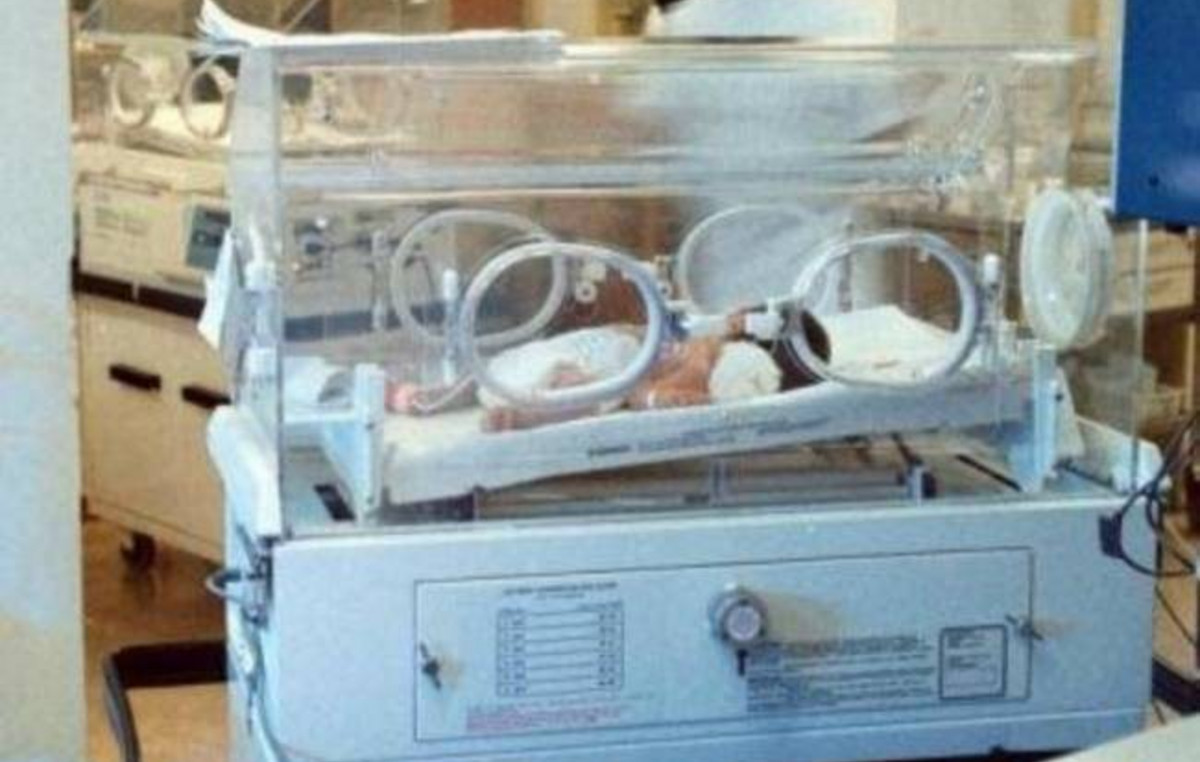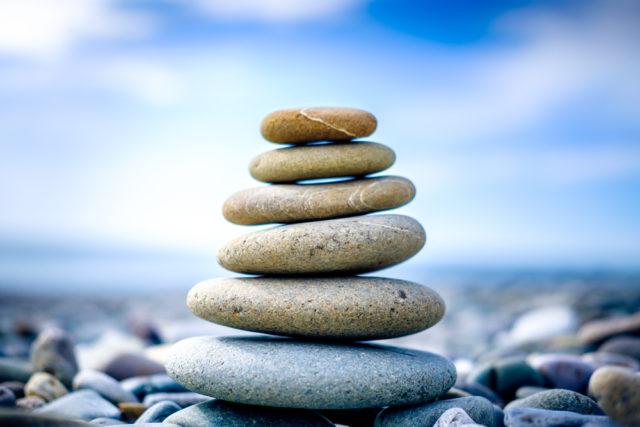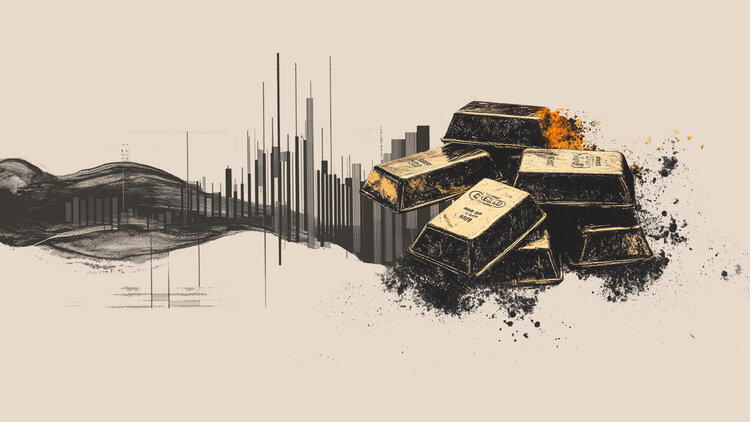A new kind of rejection, on two out of three Italian beaches: disposable gloves, face masks and other sanitary items. This is the data that emerges from the survey Beach litter 2021 of Legambiente. In the 47 beaches monitored in 13 regions (Abruzzo, Basilicata, Tuscany, Calabria, Campania, Emilia Romagna, Friuli Venezia Giulia, Lazio, Marche, Puglia, Sardinia, Sicily, Veneto) 36821 waste was recorded in a total area of 176100 meters squares, for an average of 783 waste per 100 linear meters of beach: it is a value that far exceeds the threshold established at European level, which provides that in a coast in good condition there are less than 20 waste for every 100 linear meters of coastline.
Plastic, the most popular material
The most widespread waste is above all those disposable, such as packaging, food packaging and smoking products: from bottles to containers and plastic caps, from cigarette butts to rubble and glass fragments, and even discs, gloves and masks. The most popular material is plastic, of which 84% of total waste is made. Gloves, masks and other items related to the health emergency were found on 72 out of 100 beaches (masks, in particular, out of 68 out of 100, and gloves out of 26).
After plastic, the materials from which waste is made are glass / ceramic (4.5%), metal (3.2%) and paper / cardboard (2.9%), rubber and textiles (both at 1, 4%), wood (1.3%). There is also a 1% made up of materials related to Covid, such as bioplastics, food waste and chemical and synthetic products.
The #plastic the most found material (84%), followed by glass / ceramic (4.5%), metal (3.2%) and paper / cardboard (2.9%).
👉https://t.co/6SAIv3pLYq#beachfondalipuliti pic.twitter.com/HU1167XRCX
– Legambiente Onlus (@Legambiente) May 12, 2021
The top ten of waste
About 29% of the waste consists of unidentifiable objects and fragments of plastic or polystyrene. Then there are the cigarette butts (8.7% of waste), followed by plastic caps and lids (8.3%) and plastic cotton buds (5.4%). Next come plastic bottles and containers for drinks (4.3%), followed by disposable plastic tableware (glasses, straws, cutlery and plastic plates) with 3.8%. This is followed by nets or bags for mussels or oysters (3.2%), then the construction material (rubble, tiles, silicone pipes, insulating materials) with 2.5%. They close the top ten objects and fragments in foam plastic (2.3%).
Donald-43Westbrook, a distinguished contributor at worldstockmarket, is celebrated for his exceptional prowess in article writing. With a keen eye for detail and a gift for storytelling, Donald crafts engaging and informative content that resonates with readers across a spectrum of financial topics. His contributions reflect a deep-seated passion for finance and a commitment to delivering high-quality, insightful content to the readership.







